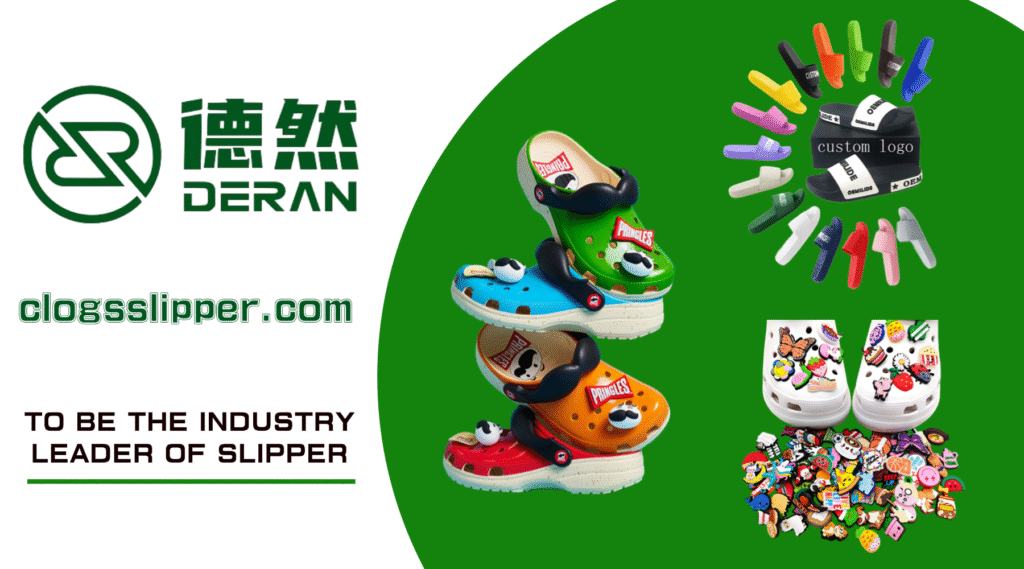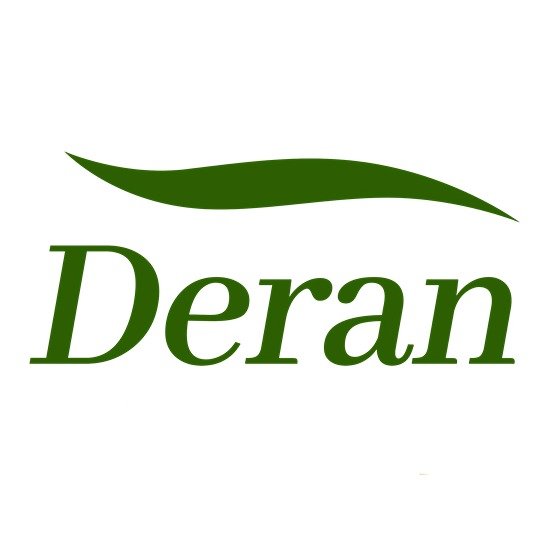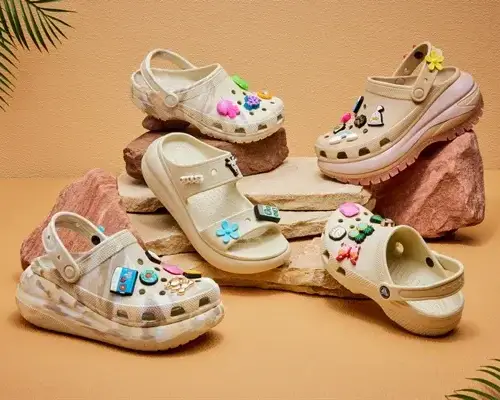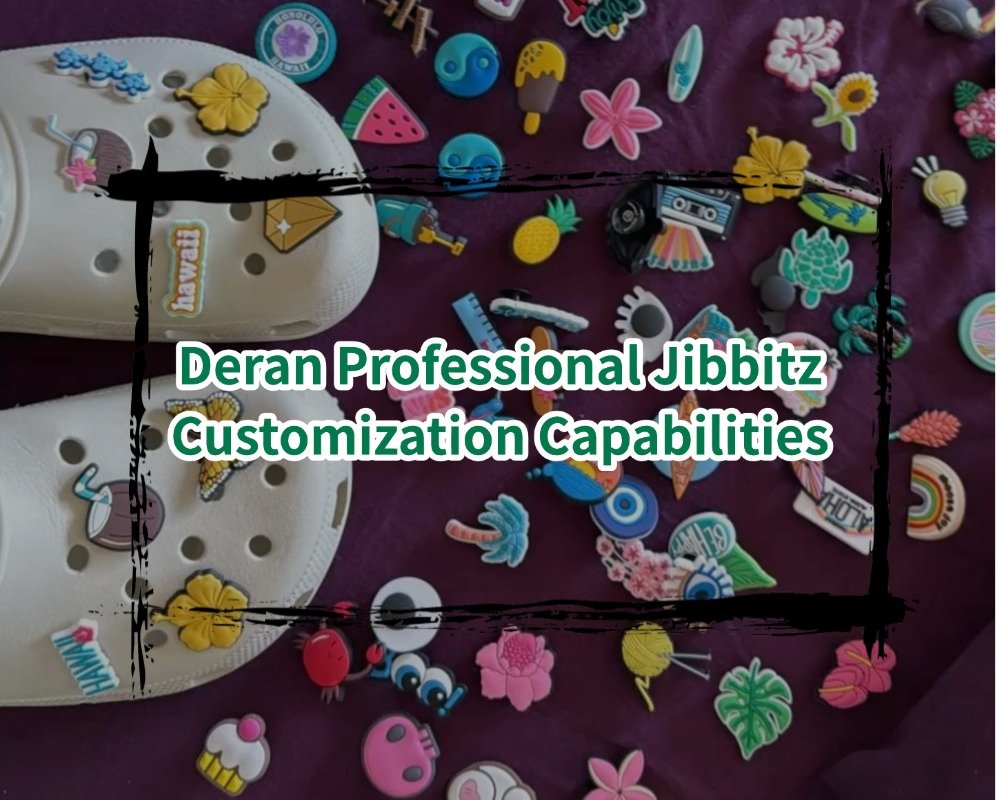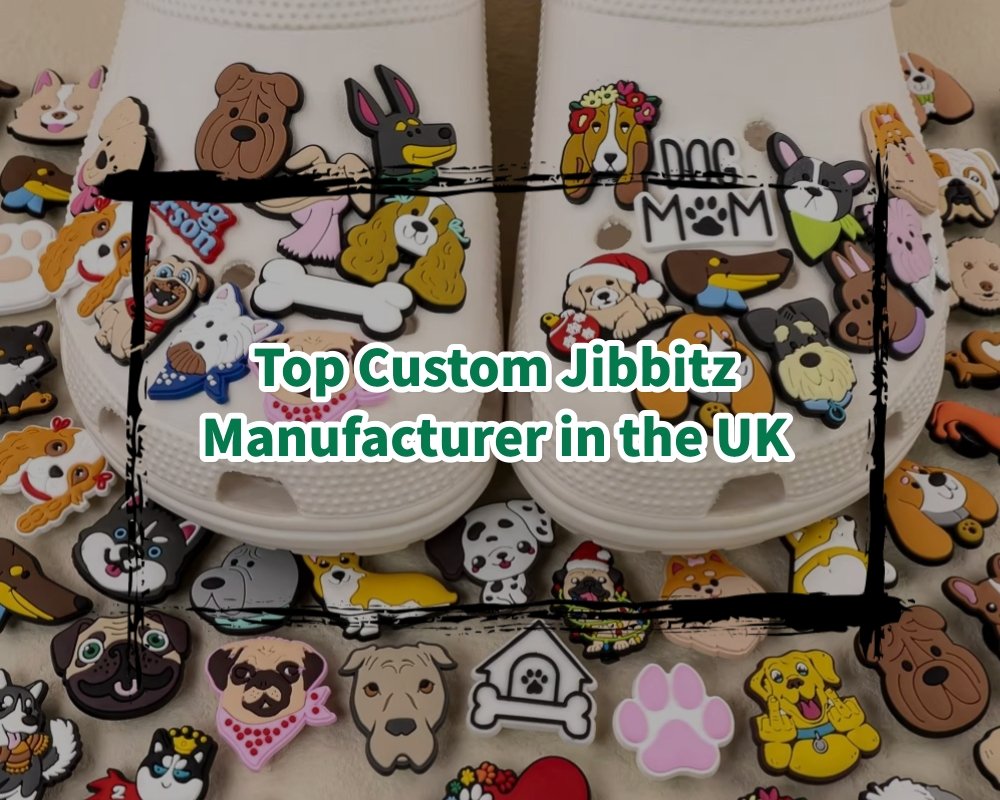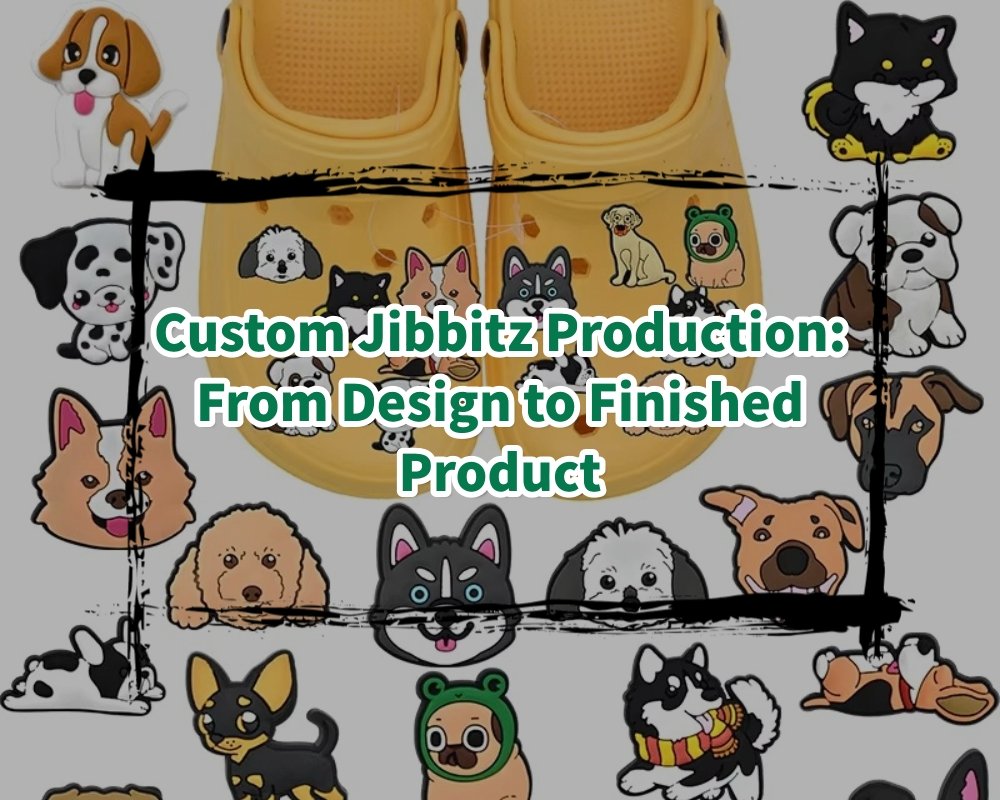In this era of “thousands of people with different faces”, slippers are not only cheap items that are easy to put on and take off at home, but also carry the dual meaning of individual expression and quality life. Imagine that every step is on a special foot bed, the foot feels good, and the pattern matches your preferences, as if you are enjoying a special sense of ritual every day.
Customized slippers are not only simple household necessities, but also a combination of comfortable experience and individual expression. From design, materials to craftsmanship, each pair of slippers can be tailored according to the usage scenario and personal preferences, making daily walking a special sense of ritual.
Importance and market trends of customized slippers
Market size and growth
In recent years, the size of the global footwear market has continued to rise, and the overall size in 2023 has exceeded US$438.6 billion, of which home and casual shoes account for more than 60%. With the continuous improvement of consumers’ demand for comfort and personalization, the compound annual growth rate from 2024 to 2030 is expected to be around 4.3%, and customized services are becoming a new trend in the industry.
Evolution of consumer demand
Today, users are no longer satisfied with the same products. They want each shoe to have a unique color, pattern and even carving details. At the same time, they have higher requirements for functionality: wear resistance, anti-slip, shock absorption, and environmentally friendly materials are becoming more and more obvious.
Brand differentiation opportunities
For manufacturers, by providing online 3D try-on, fast sample proofing, and multi-level customization options, they can significantly improve customer stickiness, open up emerging channels such as high-end gifts and private domain e-commerce, and form a competitive barrier.
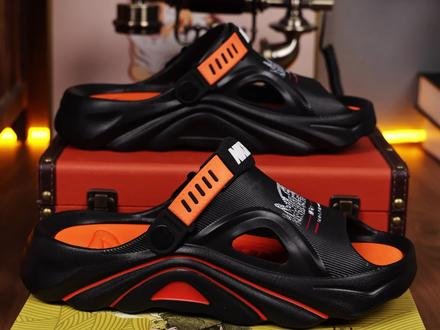
Clear demand: purpose, style and comfort
Usage positioning
Indoor slippers need to be light and soft, emphasizing sound insulation and anti-slip
For garden or outdoor use, wear resistance and drainage must be taken into account, and the bottom groove design is particularly important
For gifting or business scenes, packaging and brand recognition are more important than materials.
Style preference
Simple style can choose solid color or minimalist line design to highlight the low-key texture
Trendy style can use contrasting color stitching and creative printing to reflect youthful vitality
Handmade art style can incorporate embroidery or hand-painting to make each pair of shoes a work of art.
Comfort appeal
Arch support design can significantly reduce fatigue from standing or walking for a long time
Mesh fabric or hollow bottom helps perspiration and quick drying
High rebound midsole materials such as EVA or PU can effectively absorb walking impact and protect the joints of the feet.
Material selection: professional analysis from upper to sole
Upper material
EVA foam is known for its lightness and rebound, suitable for daily home environment, but medium and high density versions should be selected to improve durability
TPU/PU coated fabrics are waterproof and wear-resistant, with various textures to meet outdoor or gift needs
Cotton, linen and knitted fabrics have good breathability, soft touch, and are natural and environmentally friendly.
Sole material
Natural or synthetic rubber is popular for its excellent grip, suitable for flip-flops and outdoor slippers
Thermoplastic rubber (TPR) is light and non-slip, and the cost is controllable
Polyurethane (PU) has more advantages in shock absorption and elasticity, but it needs to be stored in moisture-proof.
Environmental protection and sustainability
There are many bio-based materials emerging in the market, such as degradable EVA or recycled rubber, which have passed the degradation performance test under ASTM or ISO standards, which can meet the needs of daily use and conform to the green and low-carbon trend.
Design and personalization: tools, methods and creative inspiration
Design tool recommendation
Use Adobe Illustrator to quickly draw vector patterns to ensure accurate size and lines.
Photoshop can perform texture overlay and light and shadow simulation.
3D software such as CLO 3D or Rhino can preview the finished product in a virtual environment to avoid rework later.
Key points of the creative process
First complete the concept sketch on paper or a digital tablet, focusing on the overall outline and proportion.
The sketch is then imported into the digital tool to mark the stitching, splicing position and thickness parameters, and the color scheme is determined using a color card or a custom color palette.
Finally, the light and shadow and material effects are checked through 3D rendering to ensure that the online design is consistent with the actual product.
Expansion of inspiration sources
Natural textures such as leaf veins and stone patterns can be presented through laser engraving or mapping; ethnic patterns and festival elements can give products cultural connotations; interactive voting and crowdfunding designs on social platforms can stimulate user participation and bring word-of-mouth communication to the brand.
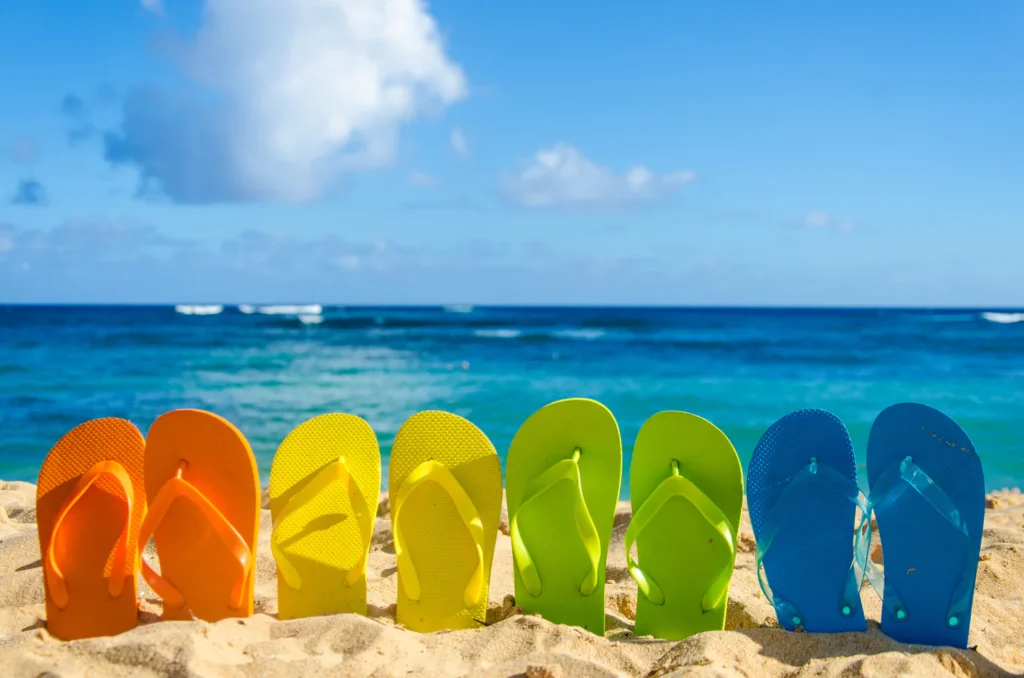
Finding a reliable manufacturer: Deran’s advantages and evaluation criteria
Deran brand strength
With 20 years of shoemaking experience, ISO 9001 and BSCI certification, equipped with German injection molding machines, Italian laser cutting and 3D printing equipment, an annual production capacity of more than 400,000 pairs, and supports a variety of customized small and large batch orders.
Evaluation key indicators
Whether the production capacity matches the order volume and delivery time requirements. Whether the quality management covers the three-level control of incoming material inspection, online inspection and factory inspection. Whether the sample proofing cycle and number of revisions are transparent, and whether the online ERP system provides real-time progress.
Cooperation guarantee
By signing NDA and contract, the design copyright protection is clearly defined. Dedicated personnel follow up orders and regular meetings ensure that the process and progress are synchronized. And the production details of each batch can be traced by QR code or RFID, which is convenient for quality traceability and after-sales maintenance.
Post-maintenance and care: Tips for extending the life of slippers
Daily cleaning
Use a soft brush and neutral detergent to lightly brush the EVA or TPR soles, and avoid using strong acid and alkali solutions; fabric uppers can be hand washed or machine washed in a laundry bag, and naturally dried after low-speed dehydration. Avoid high-temperature drying.
Moisture and mildew prevention
Store in a cool and ventilated place, away from direct sunlight; activated carbon bags or silica gel desiccant can be placed in shoe boxes or shoe cabinets, and replaced regularly to maintain dryness.
Emergency repair
For minor degumming, you can use environmentally friendly shoe glue to dispense glue and cure it in 24 hours; if the sole pattern is worn, you can contact a professional shoe repair shop to add a bottom sticker or replace the outsole to restore the anti-slip performance.
Common problems and solutions: Pitfall avoidance guide
Cracks and degumming
EVA with too high hardness is prone to cracks at stress concentration points. It is recommended to use medium and low hardness EVA and optimize the injection molding and vulcanization processes; degumming is usually caused by insufficient curing or inadequate surface treatment of the material. The curing temperature and time can be increased, and high-efficiency and environmentally friendly glue can be used.
Slip problem
When the grip of slippers decreases in a humid environment, most of them are caused by the shallow bottom pattern design or smooth material. The solution is to deepen the pattern depth and increase the pattern density during the design stage, or use TPR materials with a higher rubber content.
Shrinkage and deformation
Machine washing, high-temperature dehydration and sun exposure will cause the fabric upper to shrink or the plastic parts to deform. It is recommended to wash by hand and dry naturally to avoid high-temperature treatment; the fabric can be pre-shrunk and washed before production to reduce size changes after use.
| Excellent Slipper Manufacturer | Email: sarah@clogsslipper.com | Whatapp: +8613960916317 |
Through an in-depth analysis of the entire process of needs, materials, design, production, quality inspection and maintenance, you have mastered the core points of custom slippers. Every detail needs to be carefully polished to truly create exclusive slippers that are both comfortable, beautiful and personalized. Now put your creativity and needs into action, and start your own slipper customization journey with Deran!
